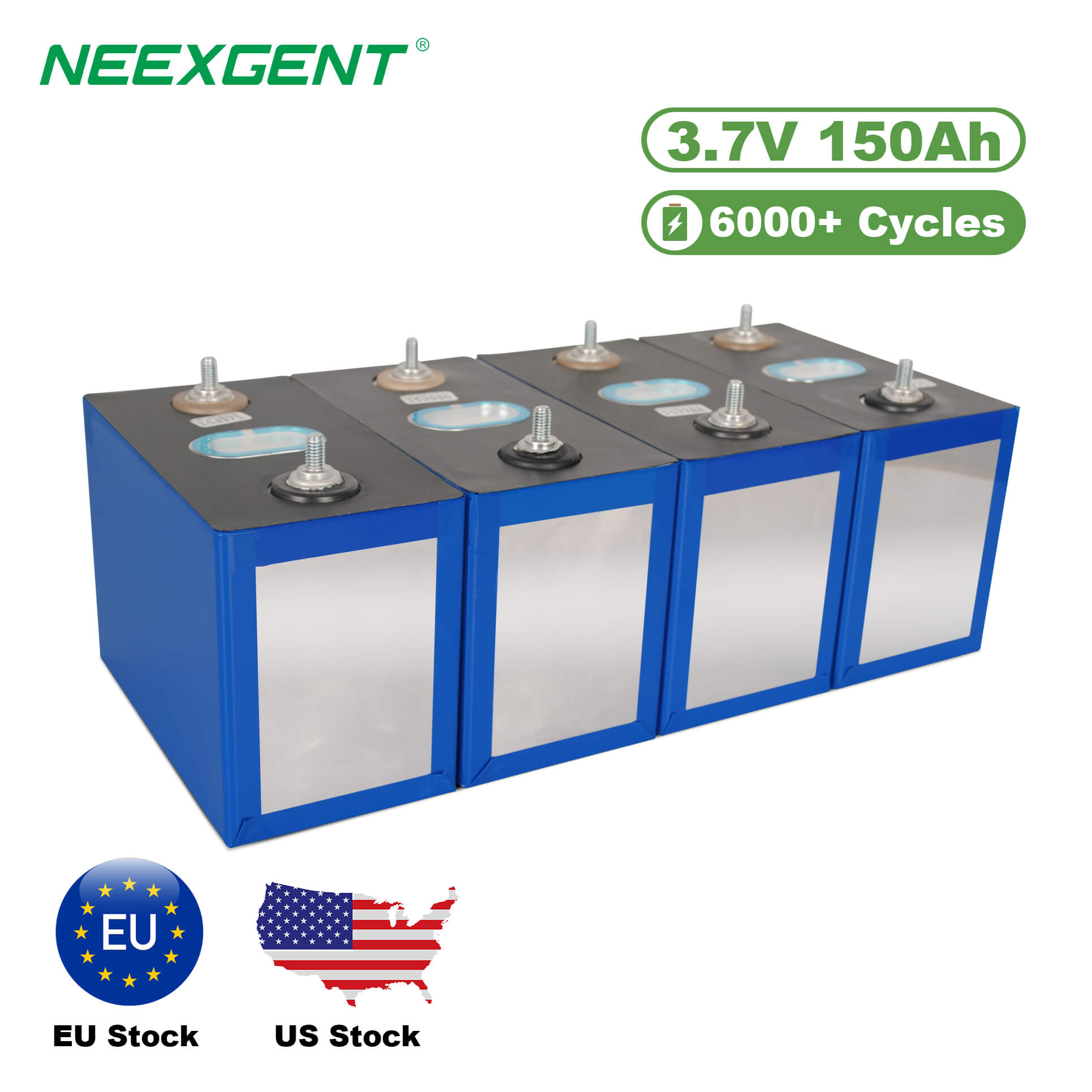Contents:
In the rapidly evolving field of renewable energy, integrating solar panels with wired Ethernet has become an essential innovation. This solution bridges solar technology with digital monitoring and management systems, creating smarter, more efficient energy setups for homes, businesses, and industrial applications.

Image sourced from solar.ui.
Why Combine Wired Ethernet and Solar Panels?
Solar energy systems are inherently decentralized. Managing multiple panels, inverters, and storage systems effectively requires real-time data. Ethernet integration provides the following benefits:
-
Reliable Communication: Ethernet connections are less prone to interference compared to wireless systems, ensuring consistent data transmission.
-
High-Speed Data Transfer: With Ethernet, large datasets such as power generation trends can be transferred without delays.
-
Enhanced Security: A wired connection is inherently more secure, reducing risks of hacking or signal disruption.
-
Compatibility with IoT Devices: Many modern solar solutions include IoT components for intelligent management, which benefit from Ethernet's stability and bandwidth.
Key Applications
-
Real-Time Monitoring: Wired Ethernet facilitates monitoring systems that track energy generation, usage, and system health.
-
Smart Grids: By integrating solar setups into smart grids, users can optimize energy distribution and reduce waste.
-
Commercial Systems: Ethernet-connected solar panels are particularly valuable in industrial and commercial environments where reliability is crucial.
Features of Ethernet-Solar Panel Systems
Below is a comparison of core features when integrating Ethernet with solar panels.
| Feature |
Benefit |
| Data Transfer Rate |
Supports high-speed communication for real-time updates. |
| Reliability |
Minimizes downtime and ensures uninterrupted operation. |
| Compatibility |
Integrates seamlessly with IoT-enabled devices. |
| Security |
Provides robust protection against unauthorized access. |
Integration Best Practices
-
Plan Network Topology: Define the layout of Ethernet connections early, ensuring scalability.
-
Use Industrial-Grade Cables: Outdoor installations may require weatherproof and durable cables.
-
Implement Backup Systems: Combine Ethernet with redundant connections for failover protection.
-
Ensure Compatibility: Verify that inverters, controllers, and monitoring systems support Ethernet connectivity.
Components Needed for Ethernet-Solar Integration
To successfully implement Ethernet with solar panels, the following components are typically required:
-
Ethernet-Compatible Solar Inverter: Converts DC electricity from the panels into usable AC electricity while offering Ethernet connectivity for monitoring and control.
-
Data Logger or Gateway: Collects data from the solar system and transmits it to monitoring platforms via Ethernet.
-
Ethernet Switch or Router: Connects multiple devices within the solar system to a centralized network.
-
Cabling and Connectors: High-quality Ethernet cables and weatherproof connectors ensure reliable communication.
Below is a detailed comparison of commonly used components in Ethernet-solar panel setups:
|
Component
|
Function
|
Key Feature
|
|
Ethernet-Compatible Solar Inverter
|
Converts DC to AC and provides network connectivity.
|
Real-time data transmission.
|
|
Data Logger or Gateway
|
Aggregates and transmits system data to monitoring platforms.
|
Supports cloud integration.
|
|
Ethernet Switch or Router
|
Creates a centralized network for solar components.
|
Supports multiple connections.
|
|
Cabling and Connectors
|
Provides physical connectivity between devices.
|
Weatherproof options available.
|
Challenges and Solutions
While Ethernet-solar panel integration is highly beneficial, it comes with challenges that need to be addressed:
1. Cable Management:
-
Challenge: Long cable runs in large solar installations may lead to signal degradation.
-
Solution: Use high-quality cables rated for the required distances and consider network repeaters for extended ranges.
2. Environmental Factors:
- Challenge: Outdoor installations expose cables and devices to harsh weather conditions.
- Solution: Opt for weatherproof enclosures and UV-resistant cables.
3. System Complexity:
Monitoring and Optimization
Integrating Ethernet into solar panel systems unlocks advanced monitoring and optimization capabilities:
-
Energy Performance Tracking: View detailed performance metrics, including panel efficiency, inverter output, and energy consumption.
-
Predictive Maintenance: Real-time data helps identify potential issues before they escalate, reducing downtime.
-
Remote Access: Manage and adjust system parameters from anywhere using an Ethernet-connected platform.
Data Visualization in Ethernet-Solar Panel Systems
An essential advantage of Ethernet-integrated solar systems is the ability to visualize data. Graphs and charts provide insights into energy production, consumption patterns, and system health. Below is an example of a basic line chart in HTML for tracking solar panel performance over a week.
Weekly Solar Energy Performance
Advanced Features in Ethernet-Integrated Solar Systems
-
Dynamic Load Management: Automatically adjusts energy distribution based on real-time demand and production data.
-
Smart Energy Storage: With Ethernet, batteries can be intelligently managed to store surplus energy for peak demand periods.
-
Grid Interaction: Systems can communicate with the utility grid to export excess energy or draw power when needed.
By employing advanced data visualization tools like the example above, users gain a clearer understanding of their system's performance, enabling informed decisions for efficiency improvements.

Image sourced from solar.ui.
Scaling Ethernet-Solar Panel Systems for Larger Applications
Ethernet-connected solar panel systems are not just for residential or small-scale setups; they can also be scaled for industrial or utility-scale applications. Here’s how scalability is achieved:
1. Modular Design:
-
Ethernet systems allow for modular expansion, enabling additional solar panels, inverters, and monitoring units to be integrated seamlessly.
2. Centralized Control:
3. Robust Networking:
Enhancing Sustainability with Ethernet Integration
By combining Ethernet with solar panels, users not only optimize system performance but also contribute to broader sustainability goals:
-
Reduced Carbon Footprint: Real-time monitoring helps ensure optimal energy generation, reducing reliance on fossil fuels.
-
Extended System Lifespan: Predictive maintenance reduces wear and tear, prolonging the life of solar panels and inverters.
-
Efficient Energy Use: Smart load balancing minimizes energy waste, ensuring every kilowatt-hour is effectively utilized.
Frequently Asked Questions (FAQ)







